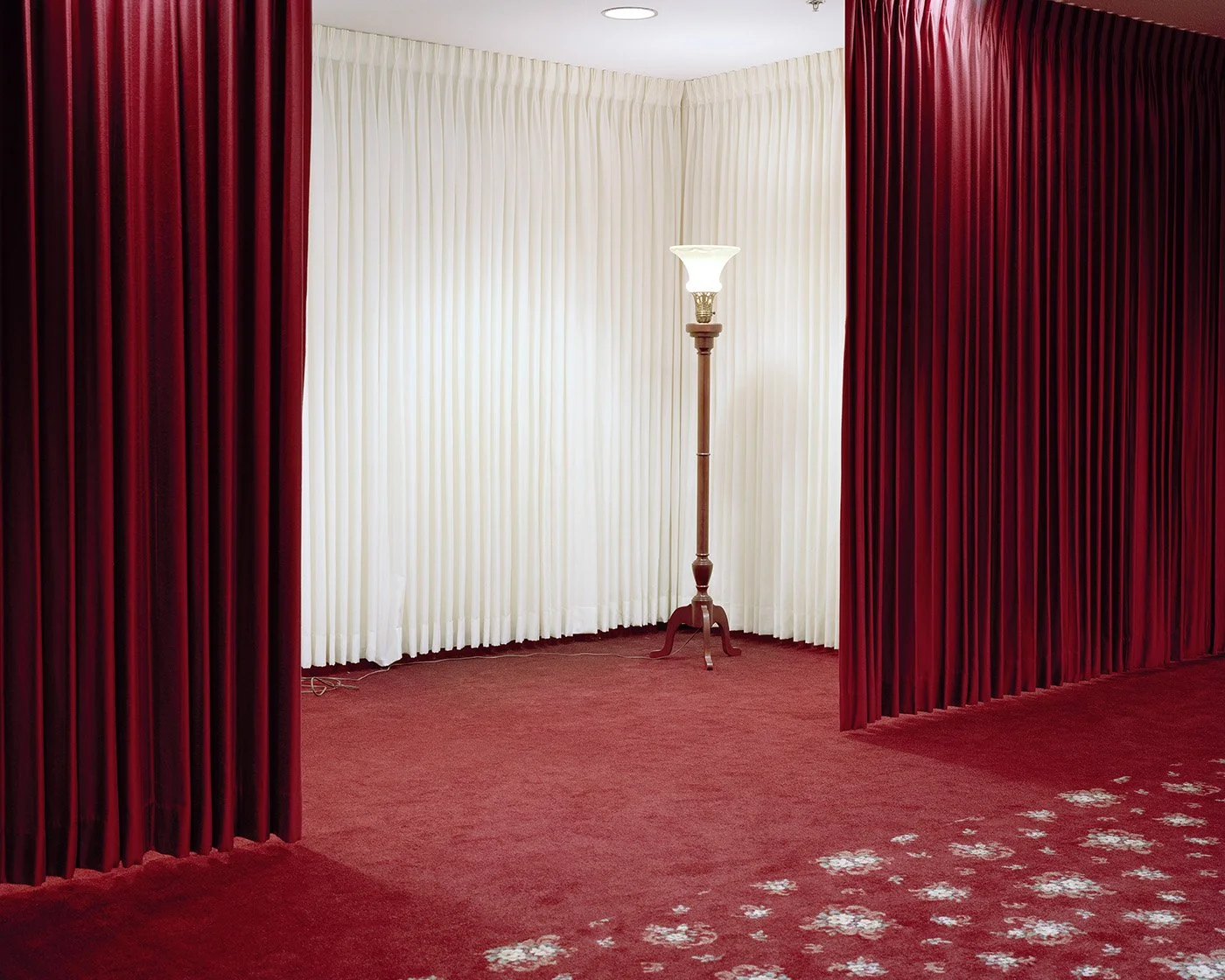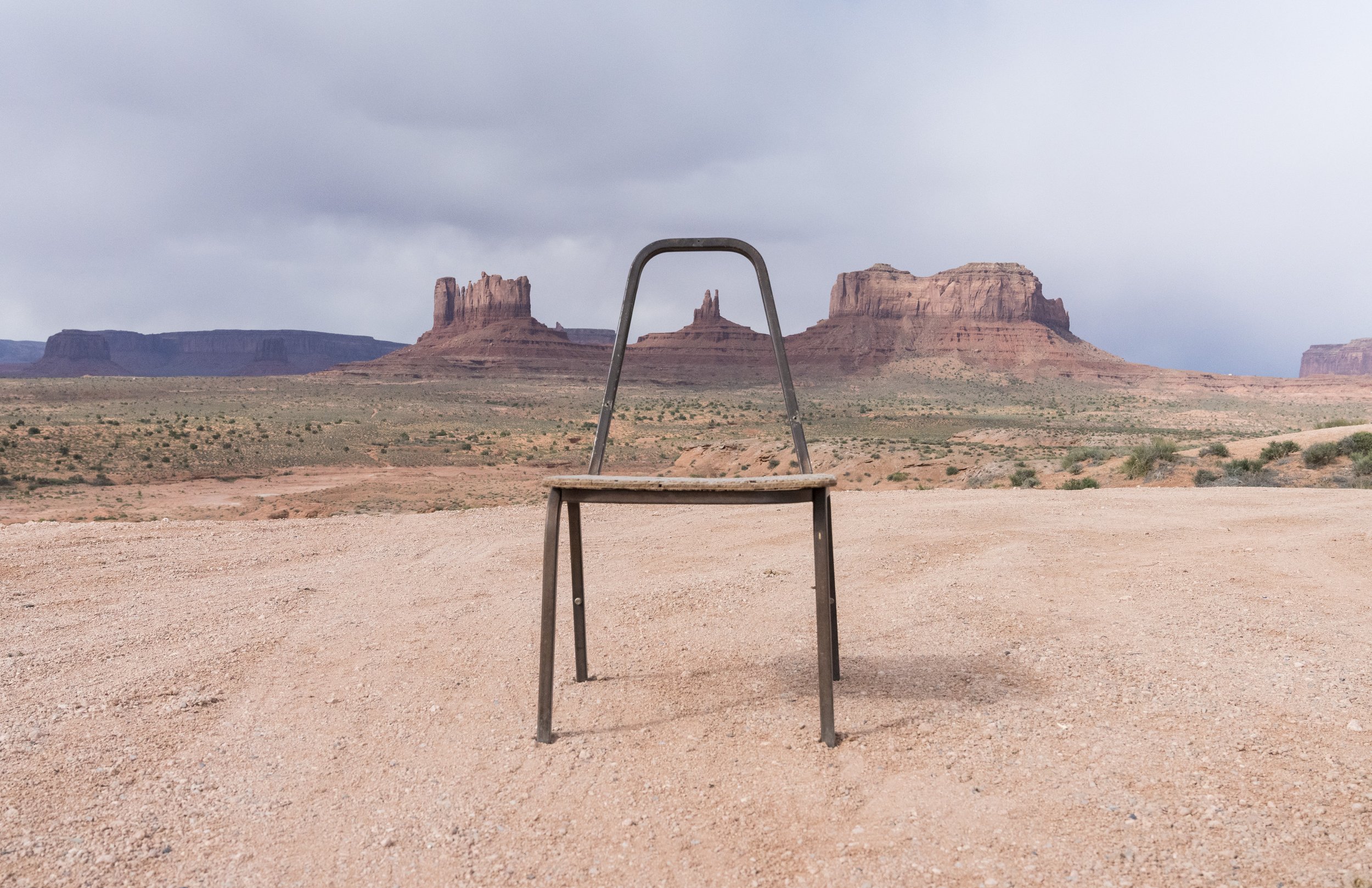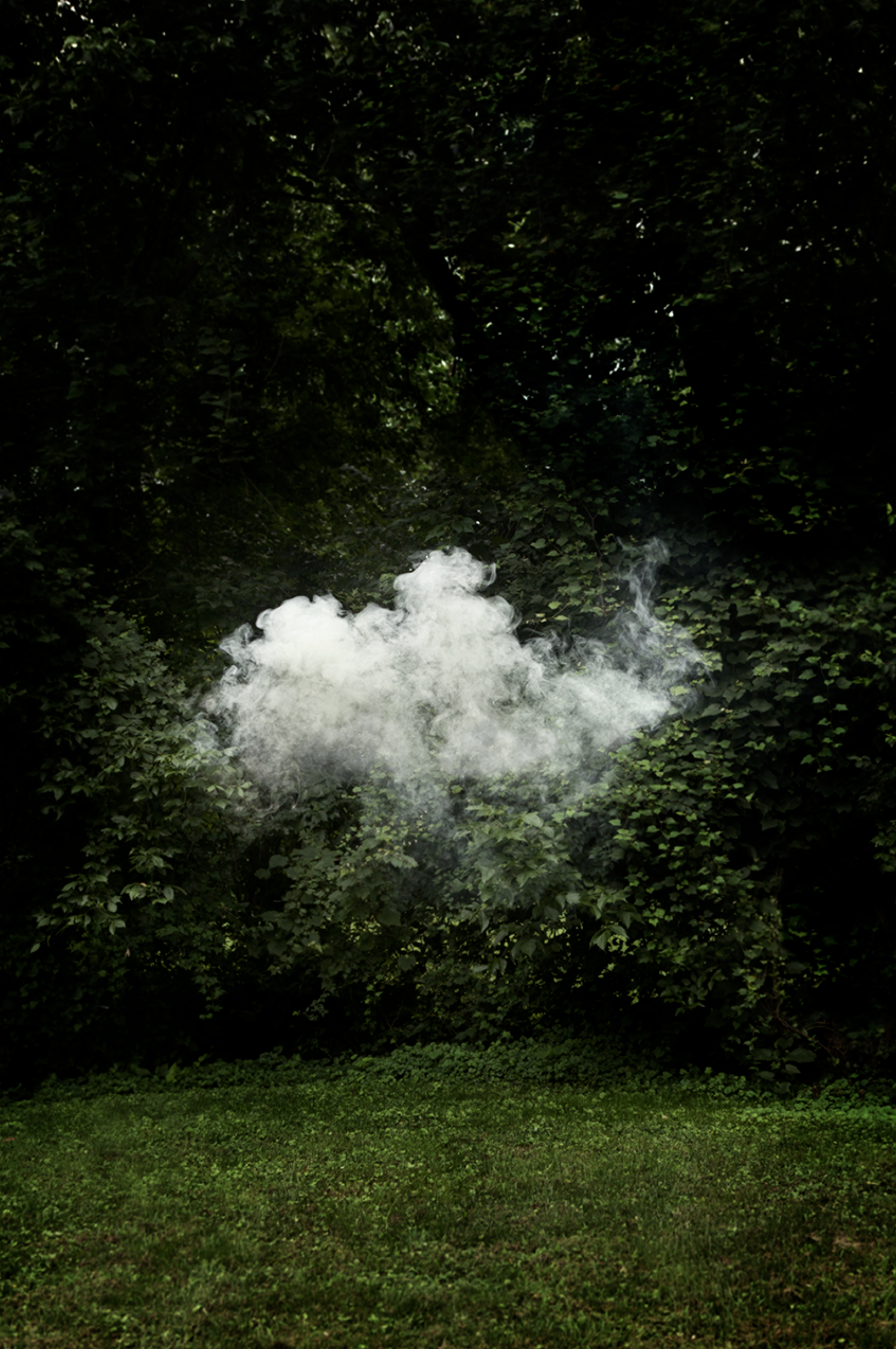2020 Selection Committee Statements
Members of the photographic and arts communities comprise the Review Santa Fe Selection Committee. Their responses to the experience selecting the work for the Review Santa Fe Photo Symposium are below.
Leslie Ureña • Washington, DC
Associate Curator of Photographs, National Portrait Gallery, Smithsonian
The portfolios that stood out the most from this year’s Review Santa Fe submissions were those that though drawing on seemingly familiar topics, did so in novel ways.
A number of projects attended to memory, going beyond what we might expect. The most engrossing overlapped temporalities, bringing together poignant and gut-wrenching historical moments with their physical and psychological remnants. Touching and powerful works treated sensitive topics such as migration, death, aging, and mental health with respect and care. Viewed against a world in the midst of a pandemic, the projects that delved into connections between people and groups, were particularly resonant.
Overall, each of those who submitted not only stands to benefit from conversations with reviewers, but also with their fellow artists as there are many affinities they might find with one another. I am grateful to them for sharing their work, their process, and their thinking behind these absorbing projects, and wish them the best at the review in Santa Fe.
© Ian Dea
Kiliii Yüyan • kiliii.com • Seattle & Circumpolar Arctic
Photographer • Review Santa Fe Alum
The work I saw as a juror for Review Santa Fe encompassed an enormous diversity of perspectives, from the experimental to the deeply personal.
I was taken with the work of so many, and each time your bodies of work were elegant, cohesive, and clearly connected to their visions. The biggest gap that every artist works to bridge is the one between their vision and execution.
“I want to be seduced by the work and have an emotional response to what I am seeing.” That was advice I have heard many a time from Sarah Leen, the veteran Director of Photography at National Geographic. It rings true despite the vast diversity of work that people produce in the photographic medium. There is work that is classic, abstract, intellectual, or conceptual. Within every genre, the deepest power of photography –of art– is to move someone.
With Review Santa Fe there were diverse perspectives from different cultures, ages, ethnicities, and genders. It seems impossible to choose between such a variety of work, but some projects simply leap out and steal your heart. Artists are given that incredible power in exchange for doing the work, for being vulnerable, for shining a light into unseen places. I hope that as we all continue forward, we learn and grow humbly, bringing our visions and work into one. Thank you all for sharing with me.
© Thomas Patterson
Conor Risch • Seattle
Senior Web Editor, PHOTOPLUS, Rangefinder, WPPI, & Board President, Blue Earth Alliance
I have sat across the table from numerous photographers during portfolio review events, so I was excited to participate in the applicant jurying process for Review Santa Fe 2020. Generally speaking, I look at photography and make value judgements based on personal taste; this was a different process. I was able to draw on my experience and understanding of the value of review events as I rated applicants. It was an opportunity to try to put myself into the shoes of a wide range of potential portfolio reviewers, and to think about which photographers would be able to make the most of the fantastic review experience that CENTER offers.
So, what did I think about? First, I considered whether or not the work was visually compelling and well-executed. Then: Did the photographs deliver on the concept or story the artist defined in their statement? Was the idea or story original or, if not, did the work reveal something new or different about a well-known topic or issue? Was there depth to the work, or did it just scratch the surface of an idea or story or concept? If it was a personal story—and there were many personal stories here—did the way it was told make it potentially engaging to a wide audience?
I also considered where a body of work was in its arc of development. Was it a nearly complete, and ready for the opportunity a reviewer might provide? Or did it show great promise, and stand to benefit from the diverse feedback the photographer would receive during the reviews, both from reviewers and also from peers?
Unsurprisingly, there was a high standard among the applications. And as I reviewed the work over several days under a stay-at-home order, I started to imagine the interesting and positive conversations that might grow around many of the projects amid the energy of Review Santa Fe.
Alumni Archive











